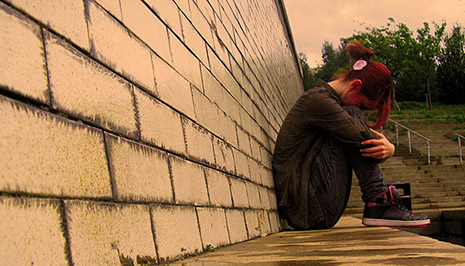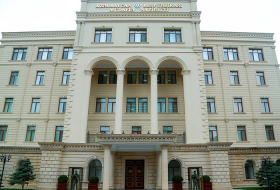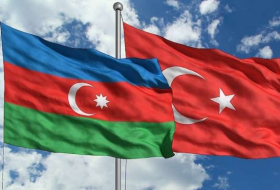Armenia: Suicide Rate Climbs and Experts Ask Why

The numbers paint an alarming picture: from 2003-13, the annual number of suicides and suicide attempts in this economically challenged South-Caucasus country, as recorded by the National Statistical Service, soared from 377 to 768 cases – a more than 100 percent increase. Most cases involve jumping off a bridge, in particular Yerevan’s Kiev Bridge, or hanging. As yet, no extensive study of the trend has been conducted.
In the absence of hard data, some observers link the spike in suicides to Armenia’s tough economic conditions, in which nearly a third of Armenia’s official population of 2.9 million people is believed to live in poverty. Others point to societal factors, such as widespread domestic violence.
Still others blame the media, claiming that the way suicide is currently depicted on television is indirectly encouraging people to take their own lives.
Until only a few years ago, Armenian media maintained a Soviet-style reticence on the topic of suicide. That now has changed: several television dramas have featured characters choosing suicide as a solution to their problems. Meanwhile, news reports spare few details, sometimes broadcasting footage of family members mourning the loss of a loved one, or showing graphic images of dead bodies.
“There are many reports about those who commit suicide, and if something is being kept constantly in focus, it gradually turns into something normal,” Yerevan State University social psychologist Vladimir Mikaelian said. “When people keep hearing about others throwing themselves off bridges or hanging themselves in an attempt to end their lives, these methods begin to be perceived as a normal way of problem-solving, while, actually, they are not.”
Mikaelian called for the establishment of press coverage guidelines for suicides. “Taboos with regard to such phenomena are very important,” he said.
Filmmaker Arshak Zakarian also believes “a direct link” exists between sensational media coverage and the rise in suicides. “The media tries to attract readers and gain popularity by covering suicides. All of this goes into people’s sub-consciousness,” Zakarian said.
In 2013, Zakarian attempted to push back against this perceived media trend with a short film about a depressed middle-aged man who is stopped in his suicide attempt when he rushes to catch a toddler on the verge of falling off a balcony. No Armenian television station picked up Zakarian’s film.
One government statistician urged caution in trying to pinpoint causes for Armenia’s increase in suicides. “The number of suicide attempts and suicides is increasing, but the reasons are so various that it is extremely difficult to name a specific one,” said Karine Kuyumjian, head of the National Statistical Service’s Census and Demography Department. “This situation needs serious study.”
Neither any government agency nor non-governmental organizations have developed a program to address the problem of the rising suicide rate.















































